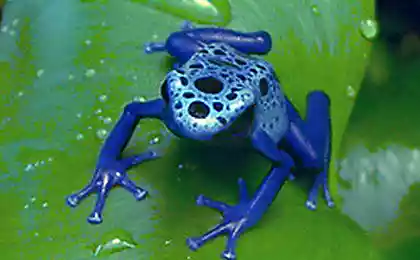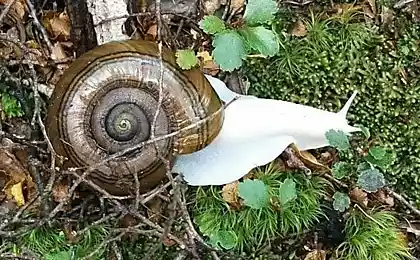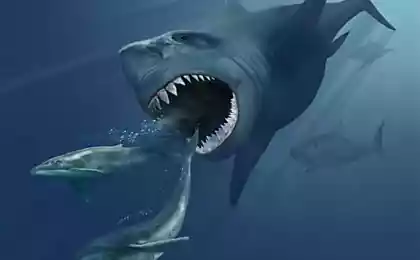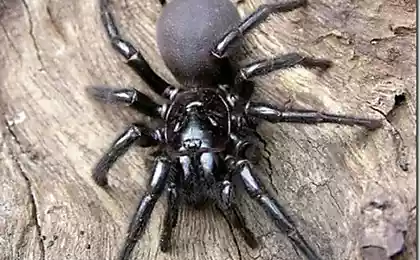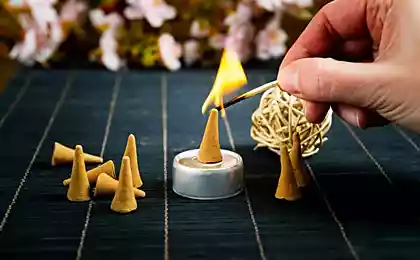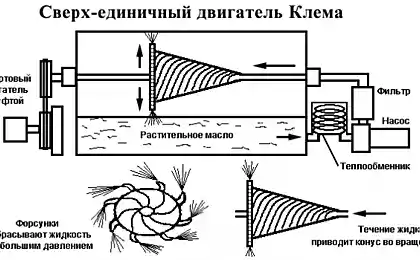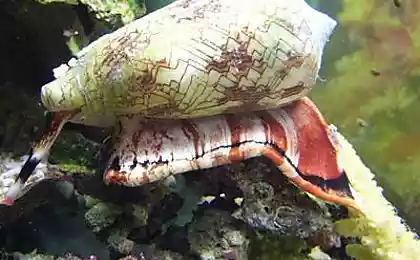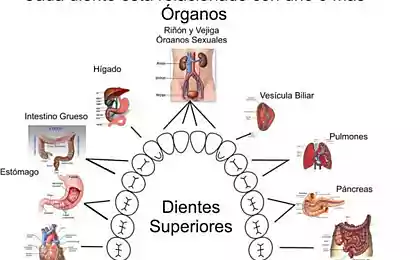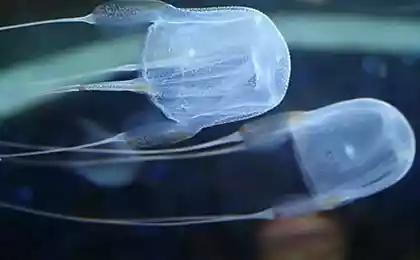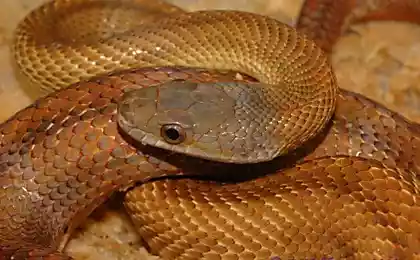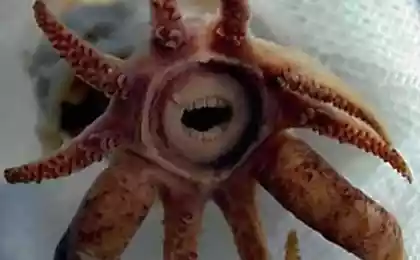544
Predatory snail
Cone – predatory snail, though poisonous. They hunt with tooth – pierce them a victim, like a harpoon. They feed on marine worms, mollusks, and small fish. People cones is also not Lisp. Can sting is not worse than bees – and the consequences can be quite unpleasant. Possible even death. But doctors like cones. Their venom is considered to be a very promising substance from a medical point of view. Studied carefully and seek to enter into wide production.
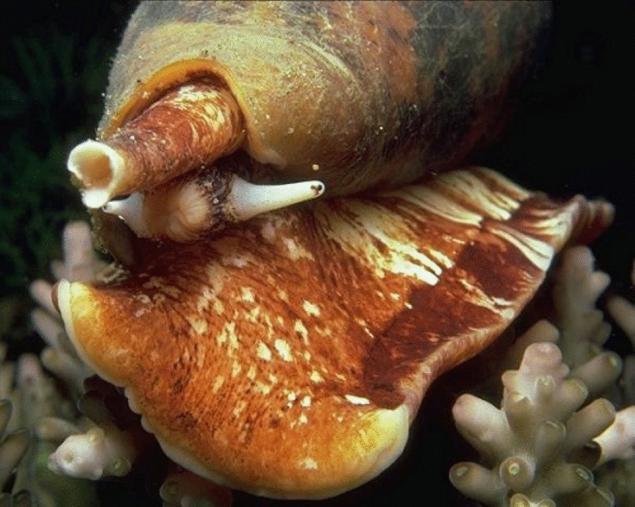
There are about 600 species of cones. They are concentrated in the tropical seas and oceans worldwide. The most poisonous and, accordingly, useful/harmful are the largest. Some species can get huge, and up to 23 inches. A large part of the cones live on or near coral reefs.
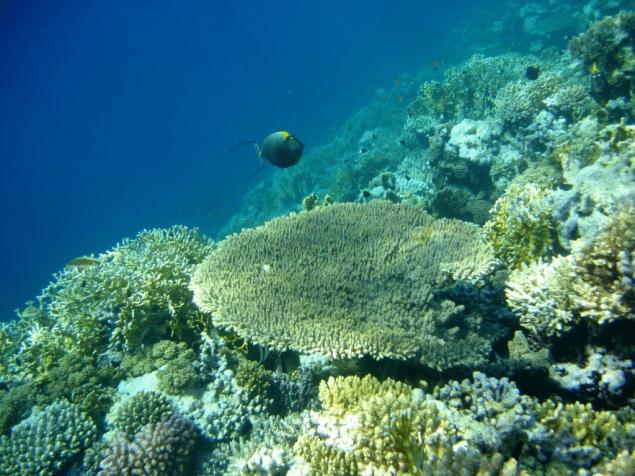
The name of the snail has got a shell shape in the form of bullets. Many of the cones the surface of the shells are brightly colored. There are very interesting models. Of course the shell is heavy, and "foot" of the snail is only one, so that these animals move very slowly. Which forces them to stop fast-moving prey with a venomous harpoon. The harpoons is a modified tooth. But in fact teeth (with snails, they are called radula), we need to better to grind and digest food. Each tooth is in the back of the mouth. With the exception of the tooth, abiding naizgotovku. Snail paralyzes the victim, raduly pull it, fray. And indigestible material, including disposable harpoon remains in the body of the victim, the snail regurgitates back. The harpoon is getting another tooth. If the snail feels threatened, she can spend the whole clip fangs. After that, it takes time to vosstanovlenie teeth to the previous number — with snails, they grow constantly (not like people).
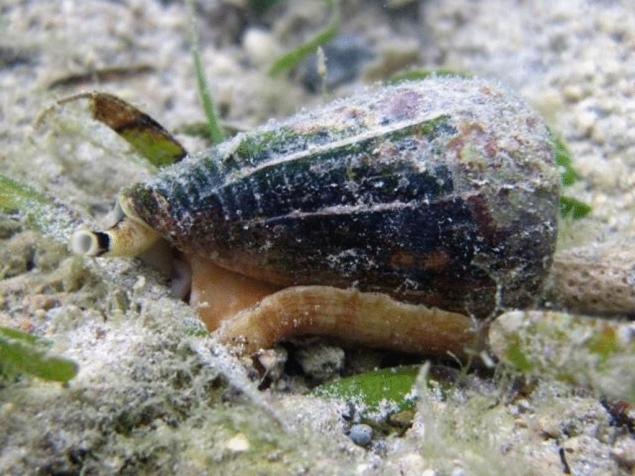
And it happens often. With mind the cones – so cute, so inexperienced people often grab them, attracted by the bright color. And then don't save any gloves or wetsuits. Among divers cone jokingly even called the cigarette snail. They say that after she stings you, the time you will only have to smoke a cigarette before dying. However, the intricate colors of the cones made them sink a popular item for collecting.
Source: /users/155

There are about 600 species of cones. They are concentrated in the tropical seas and oceans worldwide. The most poisonous and, accordingly, useful/harmful are the largest. Some species can get huge, and up to 23 inches. A large part of the cones live on or near coral reefs.

The name of the snail has got a shell shape in the form of bullets. Many of the cones the surface of the shells are brightly colored. There are very interesting models. Of course the shell is heavy, and "foot" of the snail is only one, so that these animals move very slowly. Which forces them to stop fast-moving prey with a venomous harpoon. The harpoons is a modified tooth. But in fact teeth (with snails, they are called radula), we need to better to grind and digest food. Each tooth is in the back of the mouth. With the exception of the tooth, abiding naizgotovku. Snail paralyzes the victim, raduly pull it, fray. And indigestible material, including disposable harpoon remains in the body of the victim, the snail regurgitates back. The harpoon is getting another tooth. If the snail feels threatened, she can spend the whole clip fangs. After that, it takes time to vosstanovlenie teeth to the previous number — with snails, they grow constantly (not like people).

And it happens often. With mind the cones – so cute, so inexperienced people often grab them, attracted by the bright color. And then don't save any gloves or wetsuits. Among divers cone jokingly even called the cigarette snail. They say that after she stings you, the time you will only have to smoke a cigarette before dying. However, the intricate colors of the cones made them sink a popular item for collecting.
Source: /users/155
